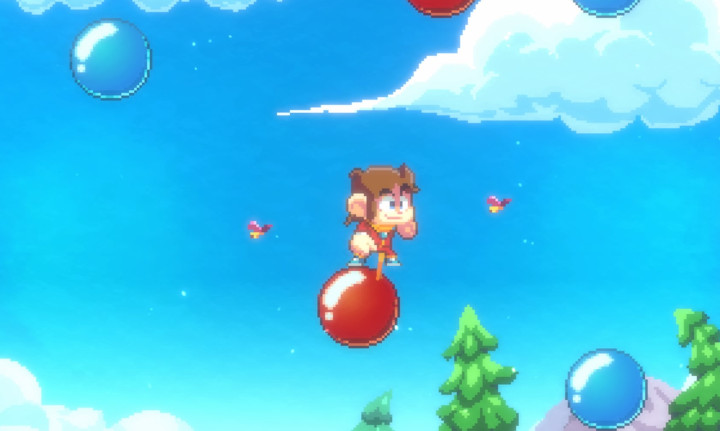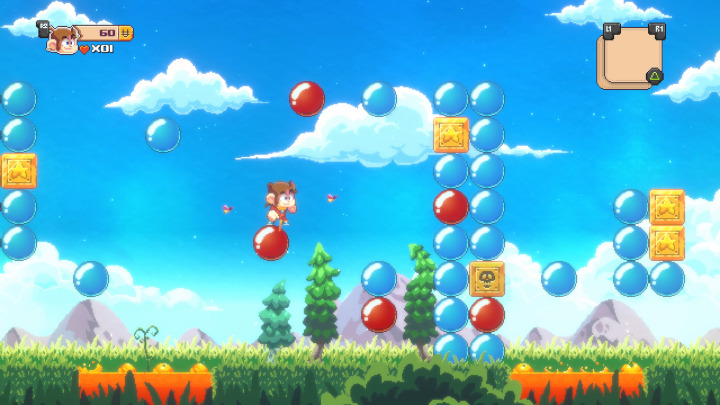
Alex Kidd in Miracle World DX has a really cool feature that lets you toggle back and forth between the modern version of the game and the original 1986 classic version (called Retro Mode, which is not to be confused with Classic Mode — more on that later). All you have to do is press R2 (if you’re playing on PS4) and you’ll swap between modes.
So is this a pixel-perfect representation of the original game? I wanted to find out, so I ran some experiments. And by experiments, I mean I downloaded a ROM of the original Alex Kidd in Miracle World and ran it in BizHawk.
Why BizHawk?
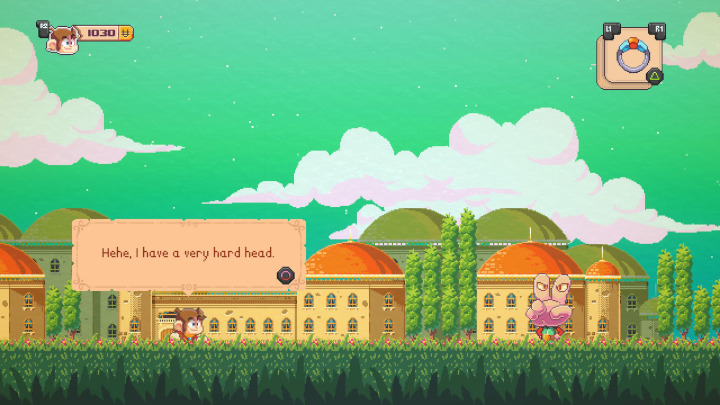
BizHawk seems to be recommended by many folks in the speedrunning community, where accurate emulation and frame count are critical. I admit that I don’t use emulators that often anymore (there are so many legal ways to play classic games these days that I don’t bother unless it’s something pretty obscure), but from what I gather, BizHawk is going to get me a pretty accurate representation of the original game — moreso than many of the other emulators out there, anyway.
Unless you’re looking at NES, in which case BizHawk has a few issues (according to this old forum post). But for a Sega Master System game, this should be fine.
Wait, is this legal?
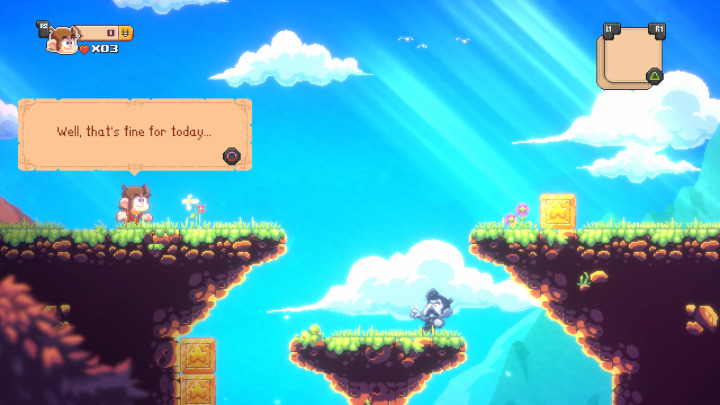
I don’t own a Sega Master System or a copy of the original Master System version of the game, so this is maybe illegal. I acknowledge that. However, I was given a copy of Alex Kidd in Miracle World DX by the publisher, which includes three versions of the game, so I technically own an approximate version of the original now. Since the rights to the game is now in their hands, and I own a copy of their version of the game, I think that means that my copy of the ROM could technically be categorized as fair use. According to website How to Geek, if I own a legal copy of a game, then there’s sort of a murky fair use argument to defend my owning a backup copy.
I’m going to make the fair use argument here, I suppose, and doubly so because I kind of have the blessing of the publisher on this? They gave me a copy of their game so that I could write about it, right? And that’s exactly what I’m doing, right?
But I don’t know. I’m not a lawyer. And I’m going to go out on a limb and say that the person who wrote the How to Geek article is probably not a lawyer either (but he did talk to a lawyer to put together that article).
So where does that leave me? Who knows.
Who cares if it’s illegal?
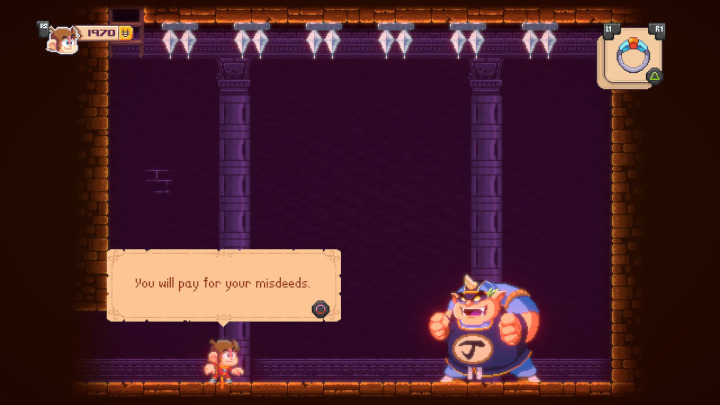
I care a little bit. I don’t want to go to jail or pay a fine for doing my job and bringing you all this information.
So how accurate is Retro Mode in Alex Kidd in Miracle World DX?
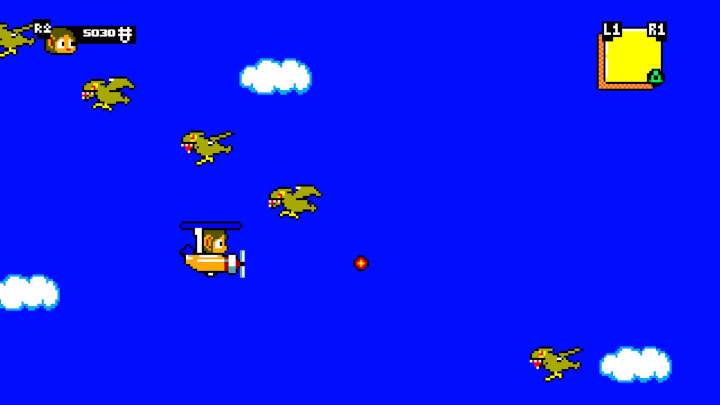
If you’re looking for an authentic experience, well, kiddo, this ain’t it. The classic version of Alex Kidd in Miracle World as presented inside DX is basically DX with retro graphics. I admire the work that must have gone into making this happen, but it’s not going to give you pixel-perfect accuracy.
First of all, the game is presented in widescreen format instead of the ancient 4:3 aspect ratio. But I mean, it kind of had to, right? Can you imagine switching between widescreen and 4:3 (with vertical black bars on the edges) every time you toggled this feature? It would be nauseating.
Next up, the controls feel pretty different. I should point out that, much like the aspect ratio, this is in service of the modern version of the game being… well, playable. The original version feels muddy and slow. When Alex punches, he can’t really move until the punch animation finishes. The DX version feels a lot faster and more responsive. It also adds item select (using the triangle button to use an item, and L1 and R1 to toggle items), which is a huge improvement over the original version (where you had to actually pause the game and go into a menu to use an item).
A super weird thing to note, though, is that underwater controls still feel really weird. If you’re underwater, Alex automatically floats upward unless you’re actively moving him. This was somewhat preserved in DX, though streamlined a bit — you have quite a bit more control in DX, but the floaty movement still takes some getting used to.
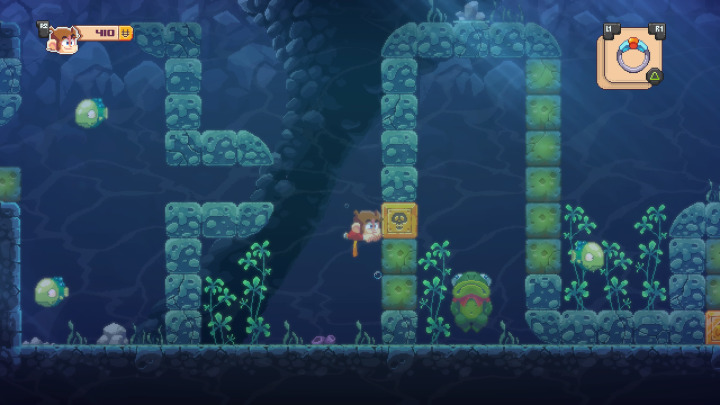
Oh, and for some reason, the frog dude in the first underwater section now requires two punches instead of one, which is a really odd choice that I don’t understand. This section can be a bit of a roadblock if you insist on punching your way through (because often the momentum of your first punch pushes you toward the frog, causing you to die as soon as your punch animation completes). I guess this is designed to encourage you to go around the frog instead of punching it? I guess?
There are a few other changes that I’ll mention here. For one, when you lose all of your lives, you can reset at the beginning of the stage you died on instead of at the very beginning of the game. That’s if you’re not using the Infinite Lives option, which will only ever send you back to the most recent checkpoint.
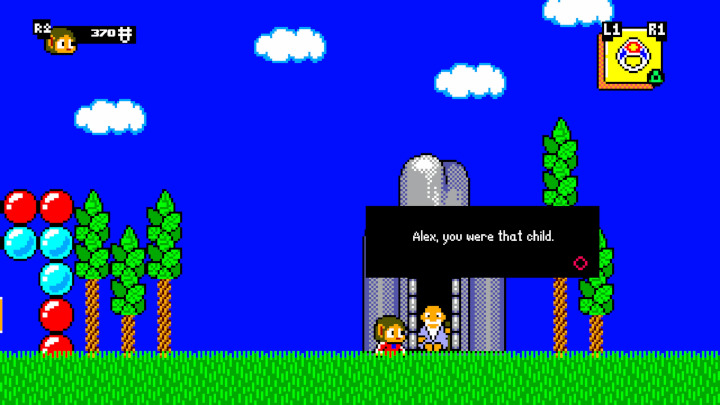
The text is far more manageable too. In the original game, you’d have these massive walls of text. in this game, those have been broken into segments to make them easier to read.
If there’s a door that you can walk through, there will be a little icon (and a sound) that lets you know you can enter. This is not present in the original.
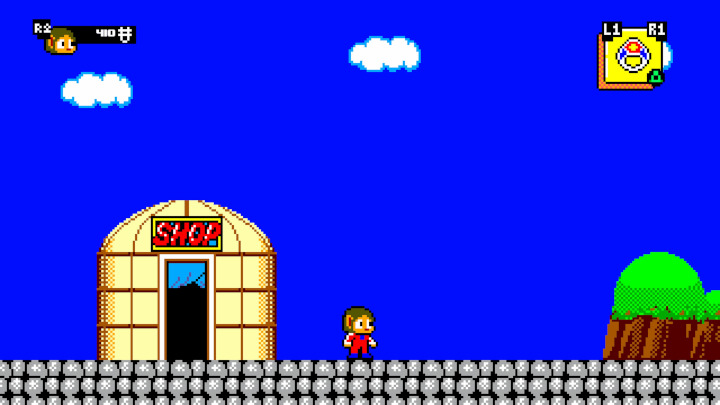
In the original game, every level’s exit was marked with onigiri, while in DX, you can choose your food. Your options are onigiri, hamburger, Spanish omelette, and fish & chips. This translates into Retro Mode as well.
And DX has an additional level called Homecoming once you solve the final puzzle, which can also be played in Retro Mode.
However, the Jankenpon (rock paper scissors) bosses still seem to play the same hands as in the original, whether you’re in Retro Mode or not.
So how about Classic Mode?
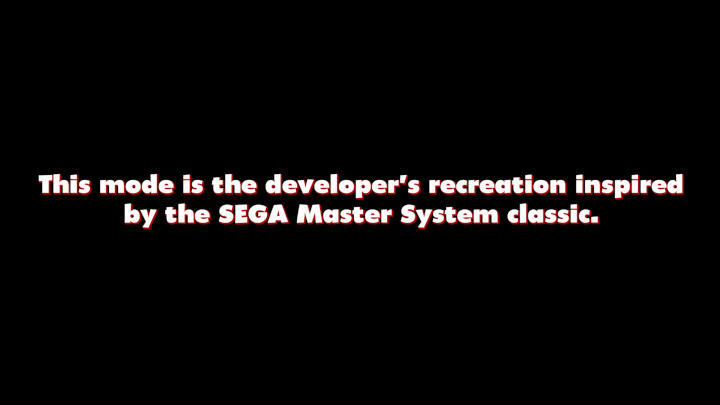
Okay, so once you beat the game once, you unlock Classic Mode. However, as soon as you fire it up, you’ll see the message above. This is basically a re-creation of the original version of Alex Kidd in Miracle World. However, this just removes the additional features of the new version — it’s not actually a perfect re-creation.
The controls still feel a lot more fluid. Alex moves faster and while his punch will still stop him, the animation is faster so you’re not stopped for quite as long. It’s also presented in a frame so you get the old screen shape back.
Oh, and in the original version, Alex tends to get stuck in this location:
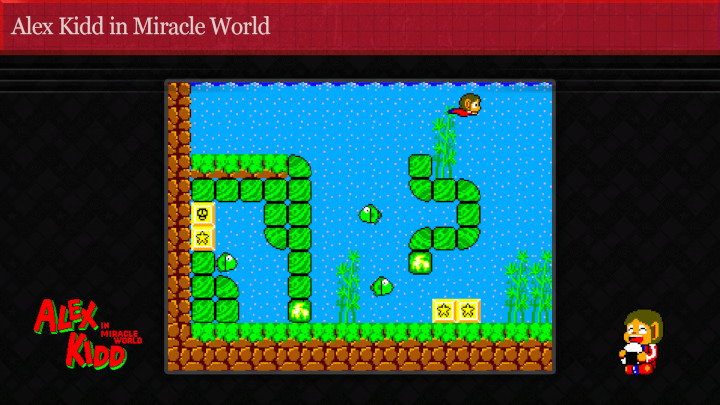
If you play the original, if you drop into the right side of this pool, you’ll have to backtrack around that snakelike pillar of green bricks, then swim under it and break the two star blocks. If you don’t do that, the screen won’t scroll. In this rebuilt version, you can just move to the right immediately without having to swim under the bricks.
And, in case you’re wondering, the frog only takes one hit now.
Oh, and when you’re in the pause menu, you can actually back out to the main menu by pressing triangle (on PS4).
Conclusion
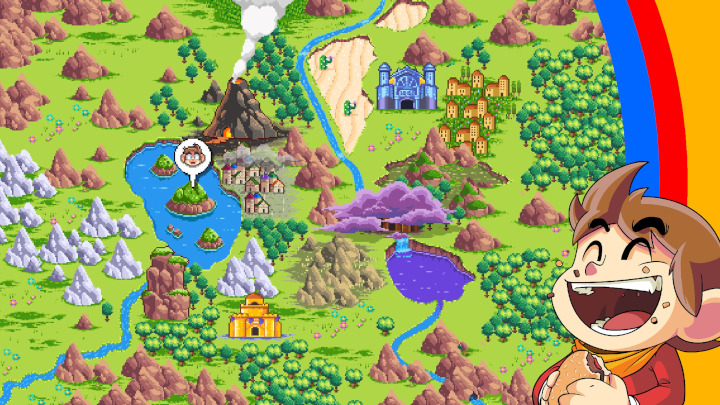
If you’re looking for a perfectly re-created version of Alex Kidd in Miracle World on modern hardware, this isn’t it. However, if you’re looking for an approximate version that has the rough edges sanded off, Alex Kidd in Miracle World DX is exactly that. You’ve got three options here: the new version, Retro Mode, and Classic Mode, and while none is a perfect remake of the original, the original wasn’t exactly a master class in platforming controls.
